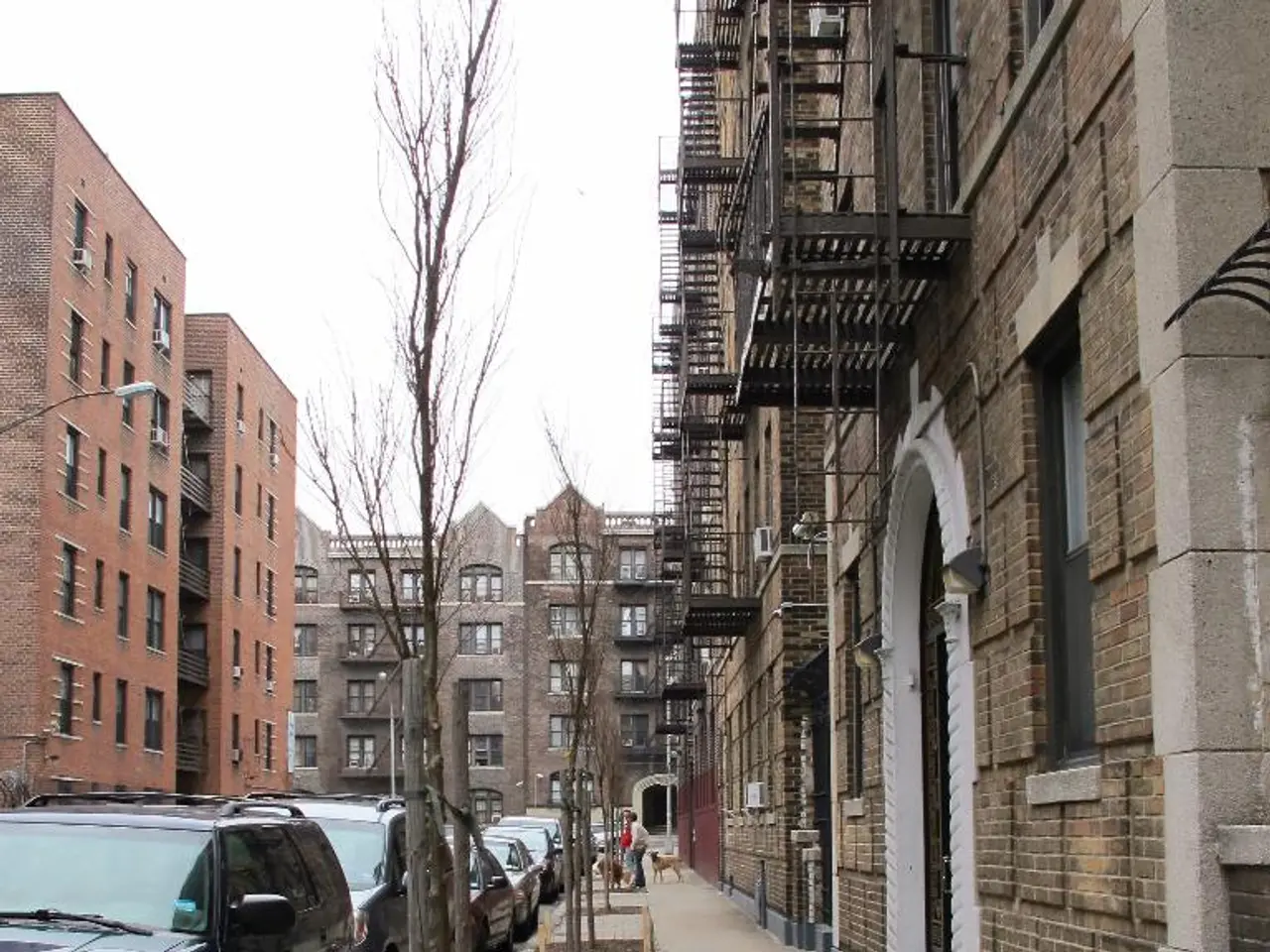East Germany's Economic Progress Stalls, 35 Years After Reunification
East Germany's economic progress has slowed, with output at 78% of West Germany's 35 years after reunification. Aging population and low investments are key challenges, finds an analysis by the Cologne Institute for Economic Research (IW).
The IW compared East Germany's economic development with the federal states of Schleswig-Holstein and Rhineland-Palatinate, which have similar regional structures. Despite some progress, East Germany's economic output remains significantly lower than West Germany's.
Investments in East Germany have been consistently low, reaching only 70% of the West German level per capita. This disparity, coupled with an aging population where one in four is already over 65, is causing concern. The employment rate in East Germany is also lower, at 86% compared to West Germany.
The digital economy in East Germany is underdeveloped, with the information and communications sector contributing only 3% to gross value added. East German companies file patents at a significantly lower rate than their West German counterparts, further hindering economic growth.
East Germany's economic convergence with West Germany has stagnated and even reversed in recent years. While it may reach the level of states like Schleswig-Holstein or Rhineland-Palatinate, it's unlikely to match the economic strength of metropolises like Munich or Hamburg, with Berlin being an exception. IW expert Klaus-Heiner Röhl suggests that full convergence is not realistic in the short term, highlighting the need for targeted policies to address these long-standing challenges.








